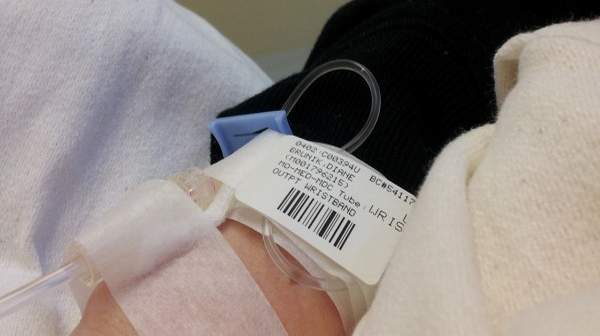What's in this article?
Common Variable Immune Deficiency (CVID) is one of the most frequently diagnosed primary immunodeficiencies, especially in adults, characterized by low levels of serum immunoglobulins and antibodies, which causes an increased susceptibility to infection. While CVID is thought to be due to genetic defects, the exact cause of the disorder is unknown in the large majority of cases.
CVID Signs and Symptoms
Signs and symptoms of common variable immunodeficiency may appear during childhood or adolescence, though most people don’t experience them until adulthood. The condition can be inherited, or it can be acquired during your lifetime.
Three complications must be considered in patients with CVID:
- Recurrent infections – Permanent damage to the bronchi may occur, resulting in bronchiectasis
- Autoimmune phenomena – As many as 20% of patients with CVID develop autoimmune complications; rheumatoid arthritis, vitiligo, hemolytic anemia, thrombocytopenia, neutropenia, pyoderma gangrenosum, and gastrointestinal diseases have been associated with CVID
- Malignancy – Lymphomas of a B-cell phenotype are of particular concern
Dermatologic manifestations
- Alopecia areata
- Alopecia universalis
- Necrotizing granulomas – Tuberculoid
- Nonnecrotizing granulomas – Sarcoidlike
- Cutaneous vasculitis including polyarteritis nodosa
A syndrome similar to sarcoidosis can affect patients with CVID. It is characterized by noninfectious cutaneous granulomas, with underlying visceral granulomas of the lungs, liver, spleen, or conjunctiva in most patients. These cutaneous granulomas are nonspecific in patients with CVID and can appear as follows:
- Maculopapular rash
- Infiltrated erythematous papules, plaques, excoriated papules, and ulcers
- Nodules with ulcerations
Diagnosis of CVID
CVID may be suspected in children or adults with a history of recurrent infections involving the lungs, bronchi, ears or sinuses.
An accurate diagnosis can be made through screening tests that measure immunoglobulin levels or the number of B cells in the blood.
CVID Treatment & Management
CVID is treated with immunoglobulin replacement therapy (IRT), which most often relieves symptoms. IRT treatments must be given regularly and are life-long.
Antibiotics are used to treat most infections that result from CVID though patients may need treatment for a longer duration than a healthy individual.






Leave a Comment